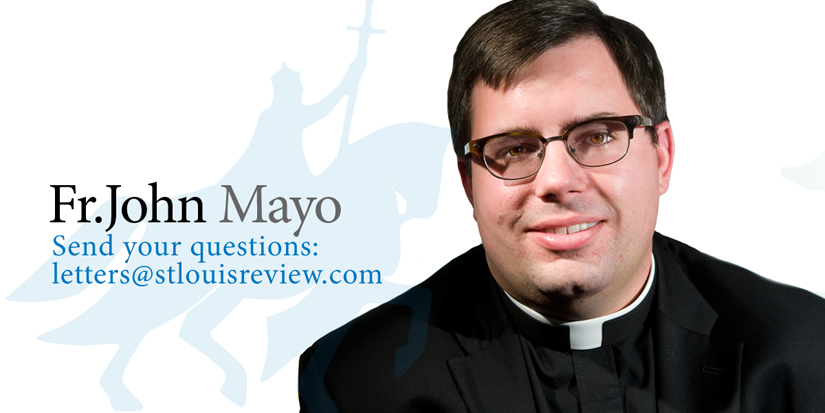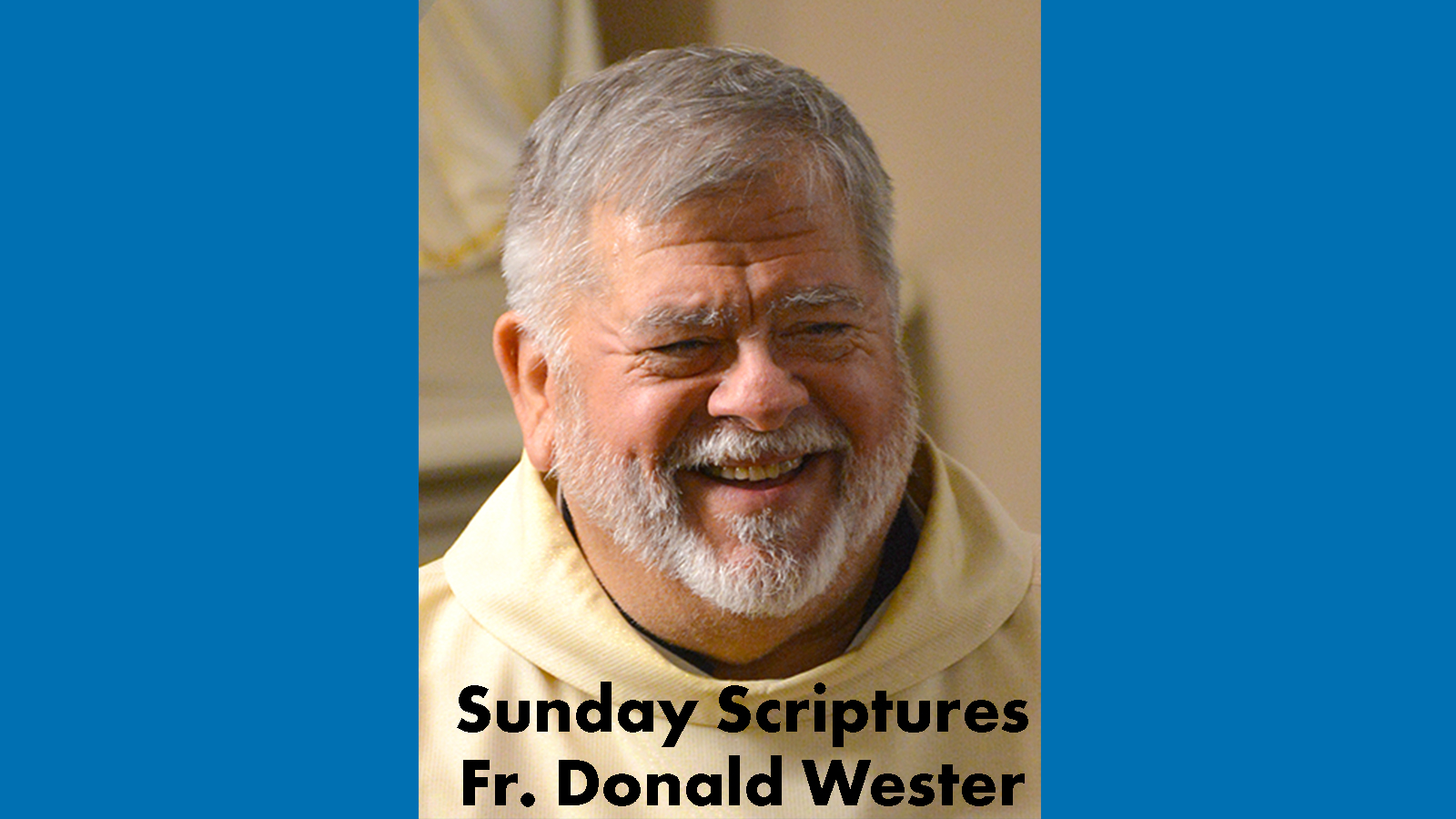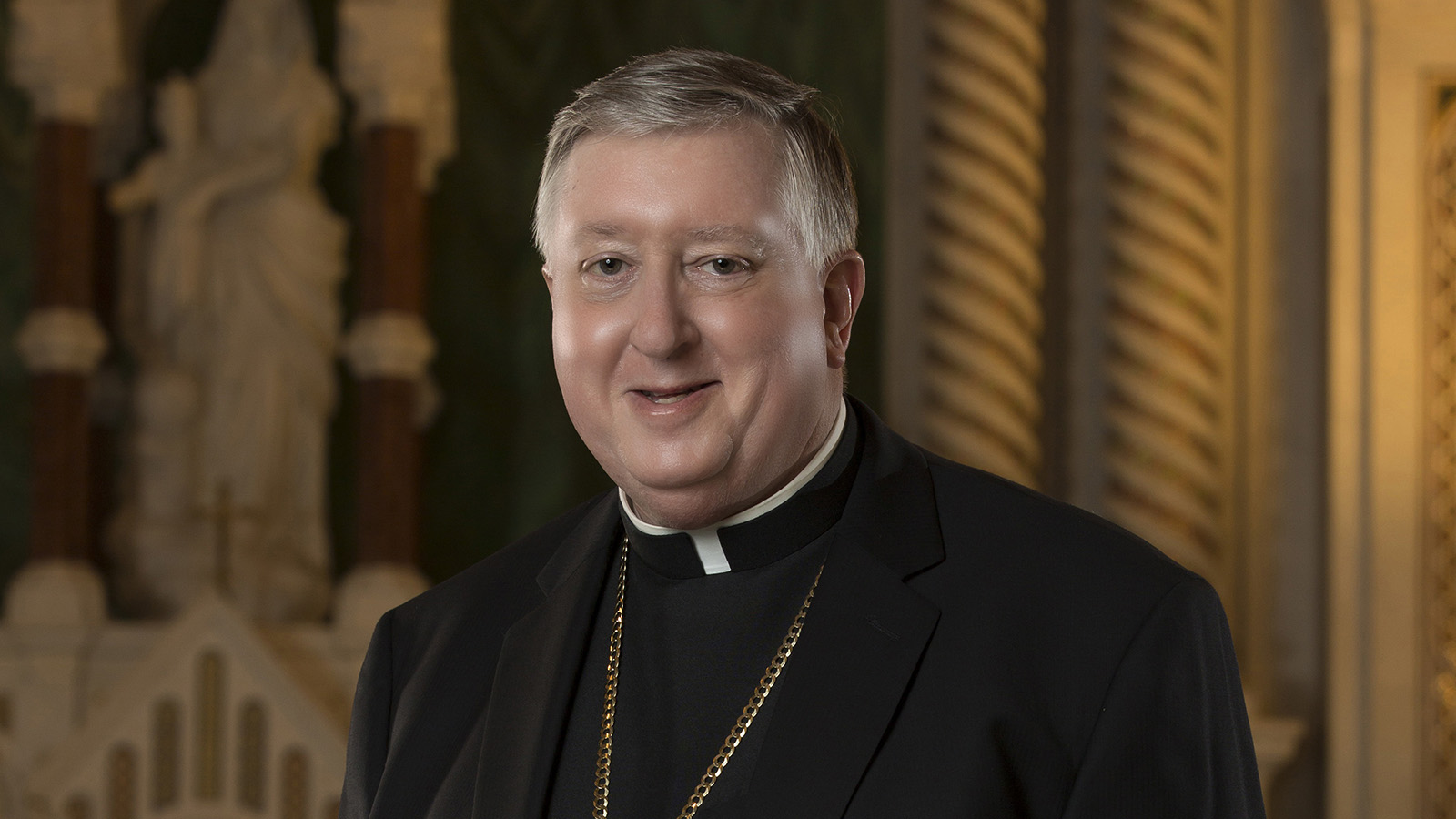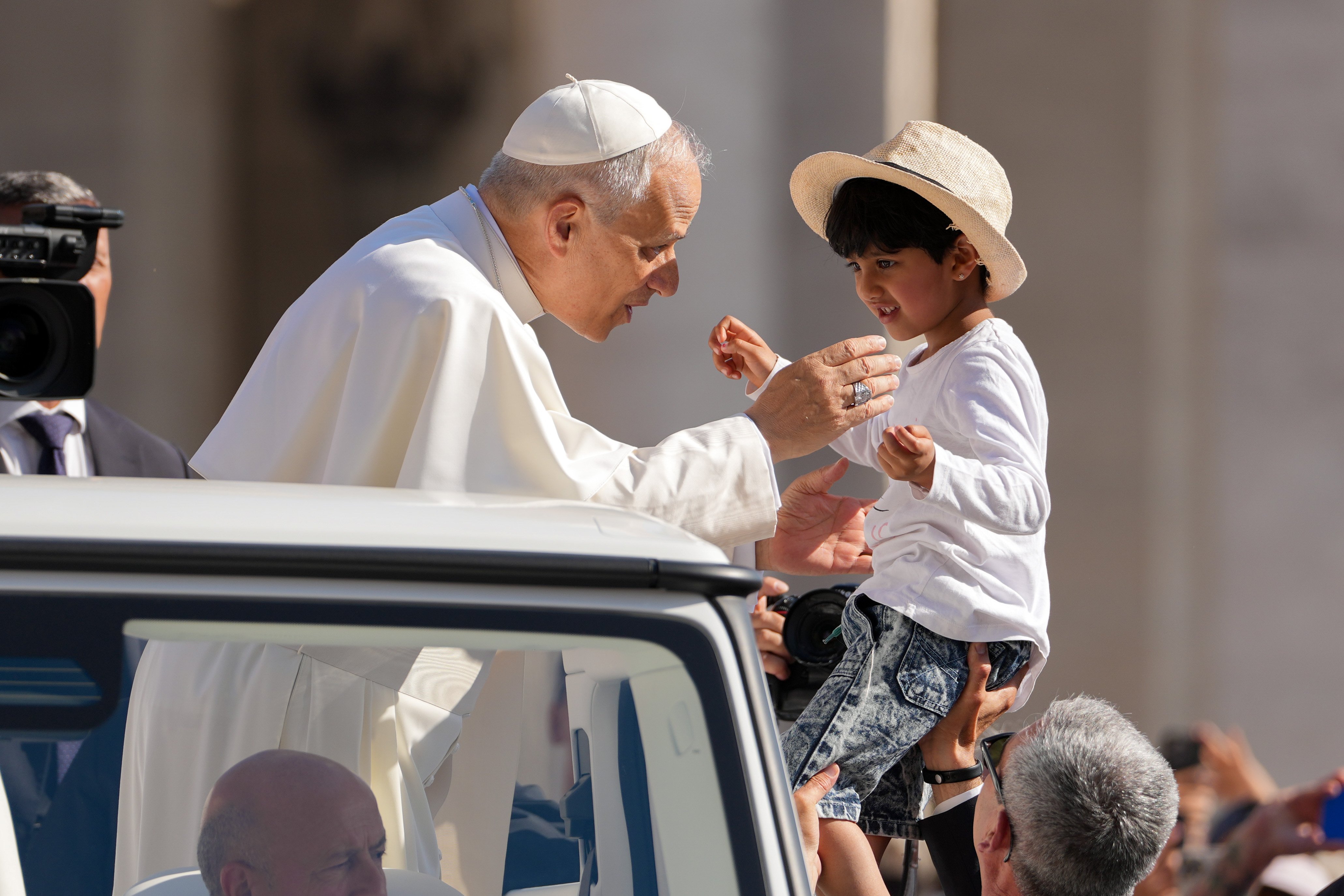DEAR FATHER | Jesus Prayer is an opportunity to pray without ceasing
Can you tell more about the origin and practice of the Jesus Prayer?

A while ago, I was teaching third-graders at the parish school. One of the students asked if the Sign of the Cross was the shortest prayer there was. I responded that I knew a shorter one: the name Jesus.
The power of Jesus’ name is apparent from St. Paul’s writings, in which he tells the Philippians that every knee shall bend and every tongue confess that Jesus is Lord (Philippians 2:11). The confession that Jesus is Lord also forms the most basic and one of the earliest confessions of faith (1 Corinthians 12:3).
How can a name, though, be a prayer?
Prayer, as beautifully expressed by Jesuit Father Armand Nigro, is our personal response to God’s loving presence. We don’t need to do anything special to get God’s attention. God already made the first move and is waiting for us to respond in love to Him.
By simply calling on Jesus’ name, I open myself to His loving presence. I realize that He is near to me, waiting for me with love and mercy. Once I am in the gaze of love, I don’t need to do anything more. I stay there and receive what God wants to share with me.
The Jesus Prayer, traditionally formulated as “Lord Jesus Christ, Son of God, have mercy on me a sinner,” is not just mechanically repeating the name of Jesus or a phrase about who Jesus is. Rather, it’s a word or phrase that focuses my mind and heart on Jesus and calms me. Once I am in a place of communion with Jesus, I remain there. If I begin to drift, I can return to that phrase to refocus my attention back on Him.
Ultimately, the Jesus Prayer can be a response to St. Paul’s call to pray without ceasing (1 Thessalonians 5:17). Wherever I am or whatever I am doing, I focus myself on Jesus and offer myself and what I am doing to Him. The name of Jesus is also powerful when facing temptation; calling on Jesus’ name reminds us that He is there and has given us the grace to remain strong in the face of temptation.
The Jesus prayer probably dates to the first Christians but is first documented as being practiced and recommended in the sixth century. While very popular with Orthodox Christians, it’s a form of prayer not exclusive to them. In fact, the Catechism of the Catholic Church (2668) encourages Catholics to use this prayer, and any Christian can use this prayer form.
This column appeared in a previous edition of the Review.
Father Mayo is pastor of St. Raphael the Archangel Parish in St. Louis.



